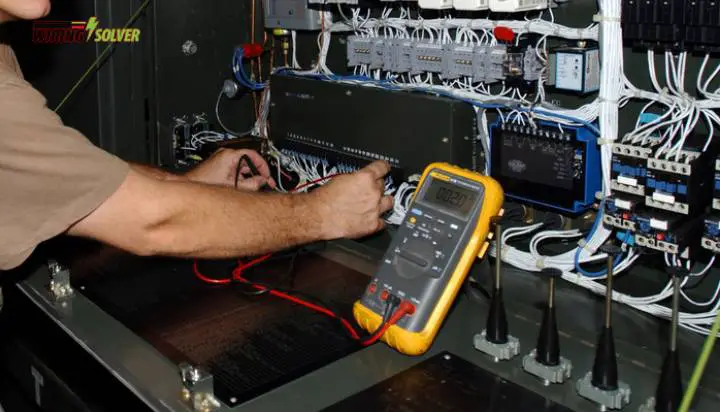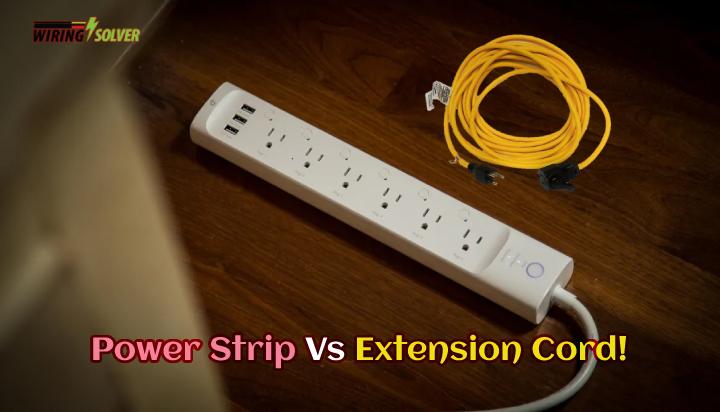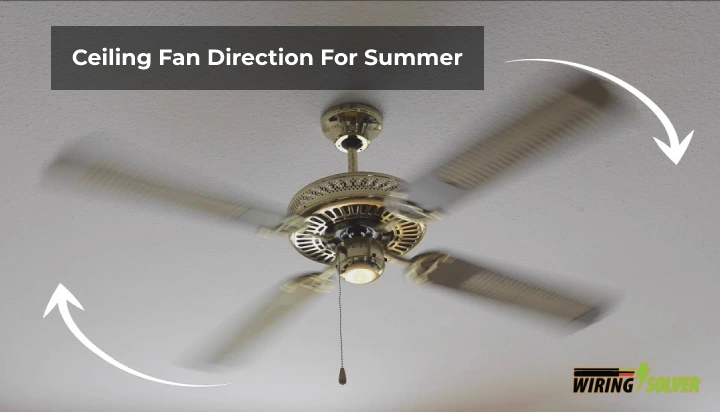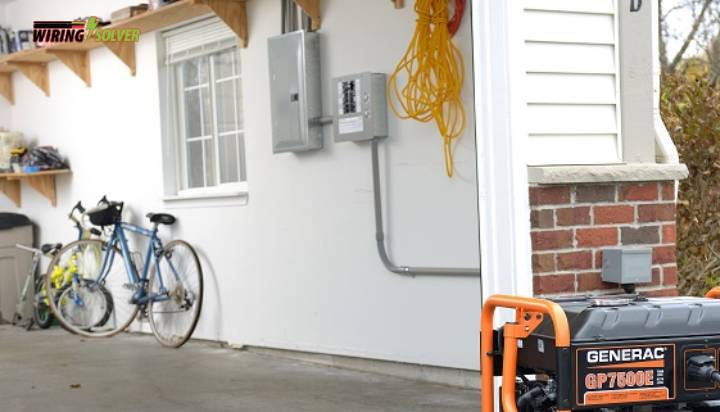Key Points:
- Wire size is a significant factor and has a huge role to play in the entire circuit.
- Both the amperage rating and the distance must be taken into consideration before choosing the appropriate wire.
- Choosing a wrong size wire can lead to hazardous occurrences and serious accidents.
When electrical current flows through circuit wires, it encounters resistance, which results in the generation of heat. It is vital that circuit wires are big enough for the amperage load they carry to prevent them from overheating. A hazardous amount of heat may be generated by drawing too much amperage through thinner wires, which can cause fires or even melt the wires.
There is a minimum wire size (gauge) that should be used for each circuit amperage rating, as defined by the circuit breaker or fuse that regulates the circuit. For 50-Amps over a distance of 150 feet, wire size for copper should be of 6 AWG, and for aluminum it is 4 AWG.
When doing regular electrical repairs, double-check that the circuit amperage and wire diameters are compatible; and when expanding or adding a circuit, verify sure the wire size is adequate for the circuit’s amperage rating.
Now, let’s go over all that you need to know about what size wire for 50 amps at 150 feet and how it’ll effect the circuit.

Why Does the Rating of the Wire Matter?
Circuit breakers require precise wire size to determine how much electrical current may pass through them and how much resistance they have. Other electrical appliance and their work efficiency also depend on the type of wire used.
The power drawn by an electrical appliance causes the wire to heat up significantly. If the isn’t properly specified for the rating of the electrical circuit, it might overheat and melt, which can cause serious accidents such as fires and short circuits.
Hence, it is a very crucial decision to appropriately choose a wire size that is compatible with the circuit that you’ll be using it with. If you are trying to figure out how many Watts can a 14 gauge extension cord handle, you’ll also have to take the size of the wire into factor.
There are several types of wires according to certain factors. These factors include material, gauge(AWG) etc. and each of these factors play a significant key role on the circuit and its flow of electricity.
AWG:
The abbreviation AWG stands for American Wire Gauge. Wires are classified according to their current capacity and length according to American standards. The thickness of the copper/aluminum wire used determines the current capacity.
There are cables with various gauge values. The gauge number and the current capacity have an inverse relationship. A 6 AWG wire, for example, is thicker than an 8 AWG wire and hence has an excess capacity and efficiency.
How to Choose the Correct Wire?
It is highly required to follow the gauge amperage rating chart for accurate detection of a wire to use. Using a wire with a lower gauge than required is extremely risky. It’s possible that the wire will overheat and melt. This might cause breaker or appliance damage, as well as pose a fire risk. Correct wire size has to be chosen if you want to know how to convert 3 phase to single phase 220v as well.
Wire Gauge Amperage Ratings Chart
| Current (Amps) | Copper Wire (AWG) | Aluminum Wire (AWG) | NM Cable (AWG) |
| 15 | 14 | — | 14 |
| 20 | 12 | 12 | 12 |
| 30 | 10 | 10 | 10 |
| 40 | 8 | 8 | 8 |
| 50 | 8 | 6 | 8 |
It is fairly easy to select what size wire for 50 amps at 150 feet, according to the chart above. However, you might have noticed, I have chosen a 6 AWG copper wire and a 4 AWG aluminum wire instead of following the above chart.
This is due to the fact that; the given chart is for distances within a 100 feet. If your distance is above that limit of 100 feet, you have to choose a wire of the next bigger size. Which in this case is 8 -> 6 AWG (copper) and 6 -> 4 AWG (aluminum).
So, if you’re wondering, “What size wire do I need to run 150 feet?”, select the wire according to the amperage rating, and make it one size bigger. In this case, the smaller the number, the bigger/thicker the wire.
It is not harmful to use a wire with a bigger gauge than required. It may be inconvenient because a larger wire is typically heavier and stiffer, but it will not pose any risks.
How Does Wire Length and Material Affect the Circuit?
Both the length of the wire and the material it’s made out of has a huge impact on the circuit. As each material has a different temperature rating, the generated heat will definitely effect the wire. And the smaller the wire, the hotter it’ll get. Let’s discuss in detail.
- Length of the Wire: When it comes to determining what size wire to use at different lengths, consulting an expert and getting their opinion on the project at hand is the best choice. If your wire is within a conduit, ganged with other wires that restrict heat dissipation, or your run exceeds 100 feet, the rule of thumb is to go up one size larger than your work need.
- Type of Material Used: Whether you’re using a wire that isn’t made of brass, silver, or copper, you should double-check to see if you need a different size. Aluminum wires are known to be significantly less frequent than copper wires, and they differ in some needs as well. Aluminum wires have a conductivity of around 61 percent that of copper wires. They are, nevertheless, 70% lighter than copper cables.
What Happens if I Use the Wrong Size Wire?
Never use a wire that isn’t rated for the amount of current it will carry. In the worst-case situation, the wire might melt or overheat. Consider the situation where you need to use the right gauge for a 50-amp wire but instead use a gauge designated for just 40 amps. This will likely overload the wire and result in a fire.
Using a smaller wire than required is usually a poor idea, whereas using a bigger wire than required is not necessarily a bad idea. Using a cable that is bigger than required may merely be a nuisance but never a hazard.
Also Read: What Size Wire For 200 Amp Service 300 Ft Away Is Best?
Summary
In this article, I’ve discussed about wire gauges, how to choose an appropriate sized wire for your circuit, how they affect your circuit, as well as how the material and size impacts your electrical components.
I have also provided the chart which you can follow to figure out the wire size for any circuit at any distance you wish. It is not limited to only what size wire for 50 amps at 150 feet, but universally applicable to any circuit.
However, it is highly advised to exercise caution before working with electricity or any electrical components, as any small mistakes might result in serious accidents harmful to both all of your circuitry as well as your body.
I hope that with the help of this article, you can figure out the needed wire size for any circuit, over any distance that you might have a need for. Good luck.






